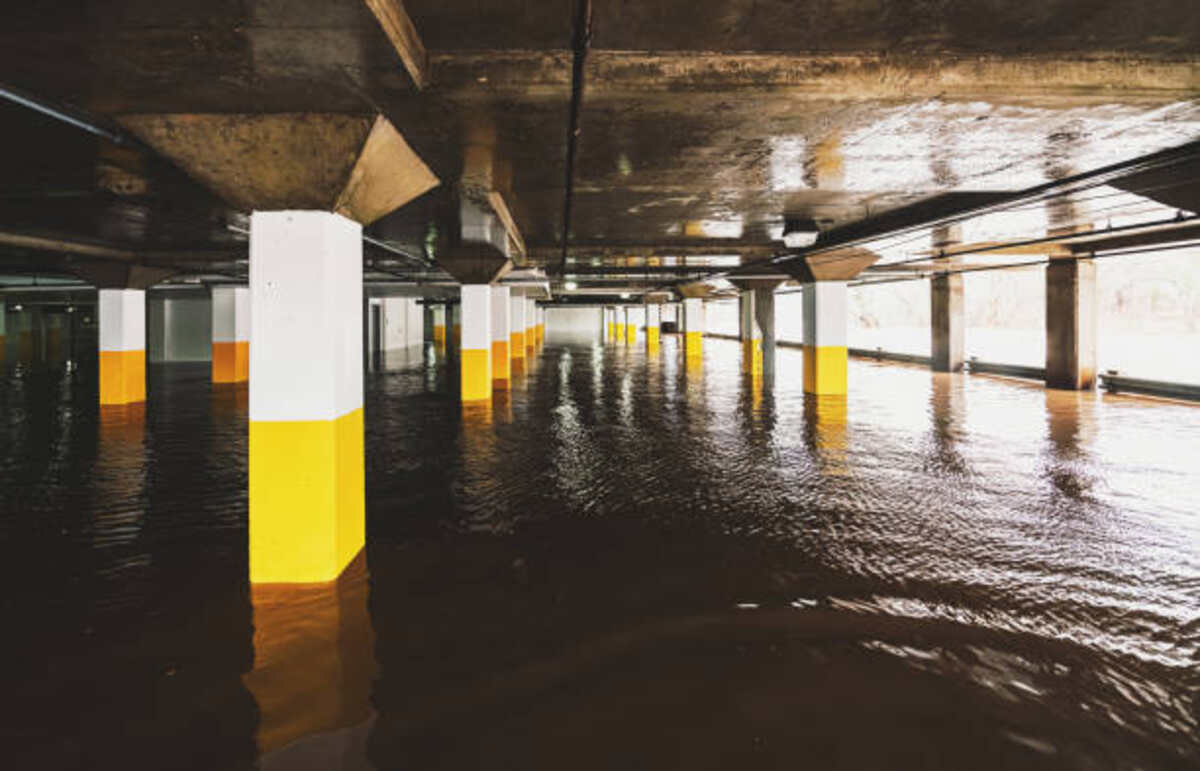Basements are prone to moisture problems by their very nature. While leaks from foundation cracks are a significant concern, another culprit often goes unnoticed—condensation. This phenomenon occurs when warm, humid air from inside the home encounters the basement’s more excellent surfaces. As the warm air cools, it reaches its dew point, causing moisture to condense on walls, floors, and ceilings. Typically, the exciting info about PIDry basement waterproofing is that
The Silent Threat of Condensation
While seemingly harmless at first, condensation in basements can lead to a cascade of problems:
- Mold Growth: Mold thrives in damp environments. Persistent condensation creates ideal conditions for mold spores to germinate and grow, posing health risks and creating unpleasant odors.
- Material Damage: Moisture can damage basement materials like drywall, insulation, and wooden beams, leading to costly repairs and replacements down the line.
- Increased Allergies and Respiratory Issues: Mold and dust mites, which thrive in damp environments, can worsen allergies and respiratory issues, especially for vulnerable individuals like children and older adults.
Traditional Solutions and Their Limitations
Standard solutions like dehumidifiers and increased ventilation can help mitigate condensation, but they have limitations:
- Dehumidifiers: These devices remove moisture from the air, but they can be energy-intensive and require regular emptying of collected water. Additionally, they may not be effective in large or poorly insulated basements.
- Ventilation: While increasing ventilation can help remove moisture-laden air, it’s not always practical, especially during colder months.
The Science of Vapor Barriers: A Proactive Approach
Fortunately, innovative waterproofing solutions like vapor barriers offer a proactive approach to addressing condensation in basements. Vapor barriers are specialized membranes that create a physical barrier between the warm, humid air inside the home and the more excellent basement surfaces. Here’s how they work:
- Installation: Vapor barriers are typically installed on the basement walls, directly on the foundation walls, or behind finished walls during construction or renovation projects.
- Moisture Blocking: The vapor barrier’s material properties prevent warm, humid air from reaching the more excellent basement surfaces, thereby preventing condensation.
Benefits of Vapor Barriers for Basement Moisture Control
Vapor barriers offer several advantages in the fight against condensation:
- Proactive Prevention: By creating a physical barrier, vapor barriers stop condensation before it occurs, preventing mold growth, material damage, and related health concerns.
- Energy Efficiency: Reduced moisture in the basement can improve the overall energy efficiency of the home by minimizing the need for dehumidifiers or increased ventilation during colder months.
- Long-Term Protection: When installed correctly, vapor barriers provide a long-term solution for controlling condensation and ensuring a healthy basement environment.
PIDry Basement Waterproofing: Your Partner in a Healthy Basement
If you’re concerned about condensation and its potential effects on your basement, PIDry Basement Waterproofing can provide a lasting solution. Located at 322 E War Memorial Dr, Peoria, IL 61614, PIDry offers expert installation of vapor barriers as part of its comprehensive basement waterproofing services. Their experienced technicians can assess your needs and recommend the best approach to prevent condensation and create a healthy environment in your basement. Contact PIDry today at 309 322 7121 to schedule a consultation and safeguard your basement from the silent threat of moisture.
Investing in vapor barriers can proactively address condensation issues and create a dry, healthy, and comfortable basement space for you and your family.


Comments are closed.